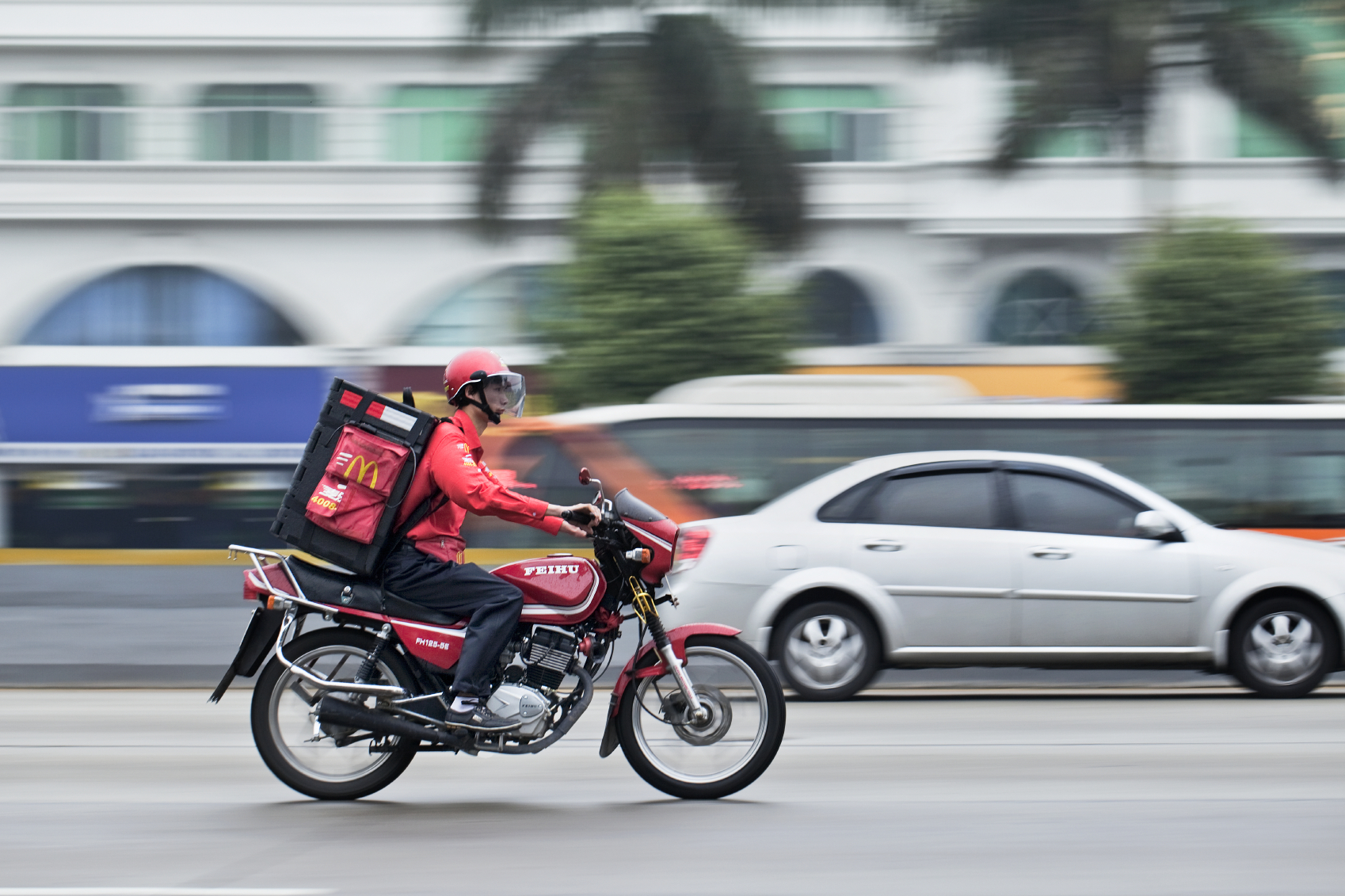The Wall Street Journal reported on Tuesday that Amazon is quietly developing an Uber-like courier service using crowd-sourced drivers, which means your next Amazon order could be delivered to your doorstep by one of your neighbors. Regardless of whether this could help the Seattle-based ecommerce giant solve logistic problems while cutting costs, this is undoubtedly the latest development in the ongoing trend where on-demand delivery services from tech companies and startups compete to take over the local economy.
For better or worse, Uber pretty much set the precedent for a rollout of on-demand services that all share the same basic principle—using your smartphone to get things you want, when you want it. Start-ups such as Luxe, Washio, and Postmates are just a few examples of businesses utilizing this basic principle in order to make people’s lives more convenient. Luxe allows users to avoid the hassle of urban parking by ordering a valet to pick their car up and park it for them. Washio offers premium dry cleaning and laundry services delivered to your door. Postmates allows users to order any item that is carried in a store or restaurant and have it delivered.
On Monday, on-demand delivery service DoorDash partnered with Trader Joes and Whole Foods to deliver prepared foods like sandwiches and wraps, putting them in direct competition with existing on-demand services. As more delivery services enter the market, Uber may no longer be the dominant player. The company has hit a snag as it strives to expand beyond just a “transportation service”, getting pushback from companies like Apple and Starbucks who would rather look to a more established delivery service like Postmates to deliver its products.
This evolution is great for consumers, because it empowers them to request services at their fingertips. However, from a brand perspective, this could be a scare, as small brands try to stay afloat in a sea of delivery options. Control is taken out of the brands’ hands and put into the hands of consumers making it imperative for brands to explore different approaches to brand marketing.
Editor’s note: this report is updated on 6/17 to add in the Amazon news.



